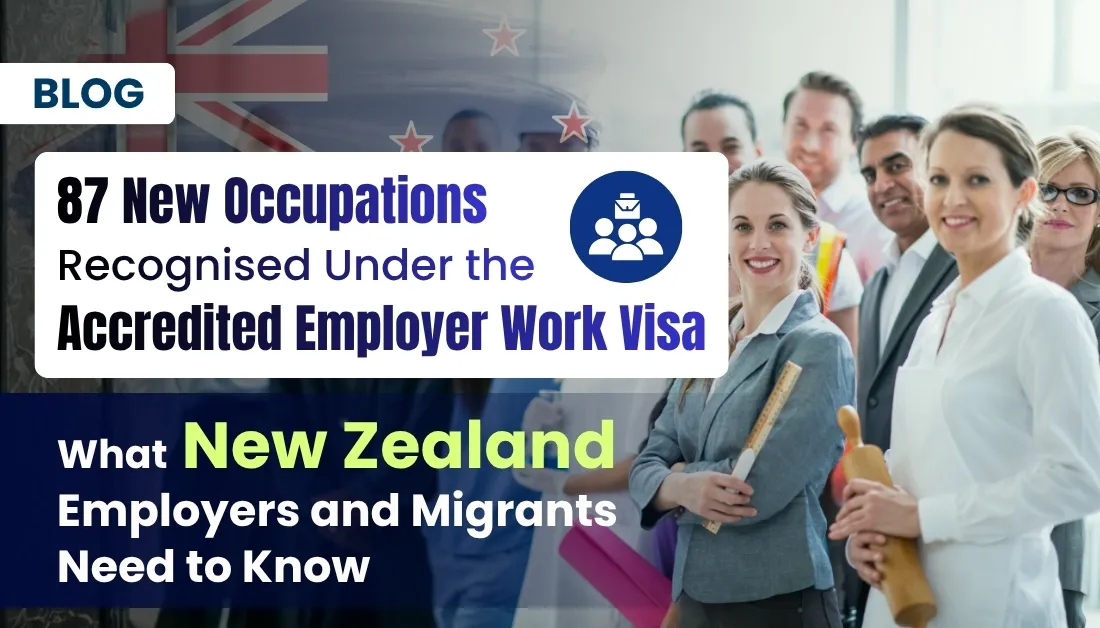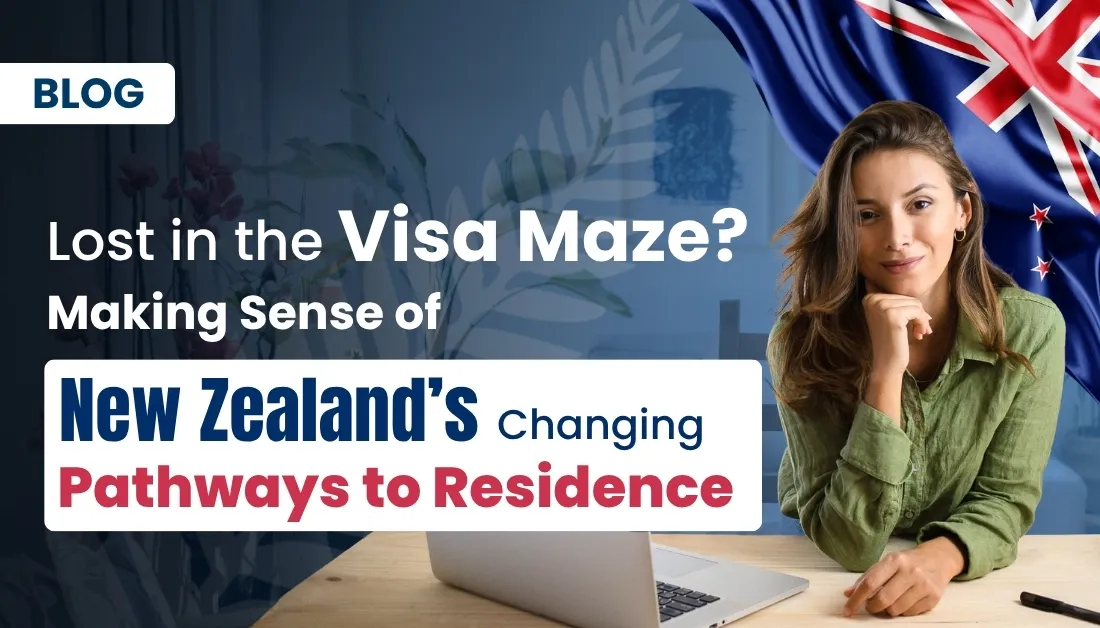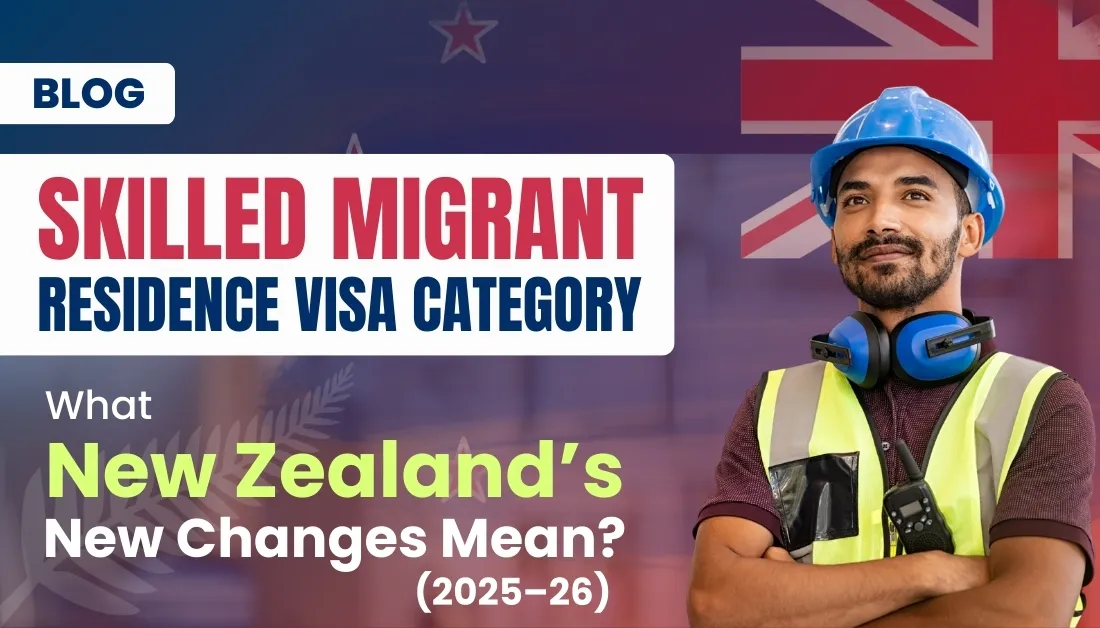
New Zealand’s beautiful landscapes, strong economy, and great quality of life make it an attractive destination. Whether you’re a skilled worker, an international student, or someone looking to reunite with family, New Zealand offers several visa options.
In this comprehensive guide, we will explain the most popular visa categories, eligibility criteria, required documentation, and tips for a successful application. This valuable information will help you to start a new life in this beautiful country.
Immigration to New Zealand has different pathways. Each is designed for specific goals and applicants. Below we have discussed the most common visa categories:
The SMC Visa is for professionals whose skills are in demand in New Zealand. The applications are assessed using a points-based system
The Green List helps address skills shortages by making it easier for professionals with critical skills to immigrate. There are two main pathways:
The Visitor Visa is popular for short stays. It’s often used by tourists, family visitors, or those attending business meetings. A significant update is the relaxation of rules allowing remote work for foreign employers under the “digital nomad” initiative, enabling visitors to work while travelling. Some people, including citizens of visa-waiver countries, can travel to New Zealand with an NZeTA instead of a visa.
New Zealand offers a Student Visa for international students who want to study full-time at approved educational institutions. Partners and children can apply for visas based on their relationship with you.
If your partner is a New Zealand citizen or resident, you can apply for one of several visa options.
The AEWV helps fill labour shortages by allowing migrants to work for accredited New Zealand employers.
Regardless of the visa category, certain universal eligibility criteria must be met:
A medical examination and police clearance certificate are required.
For most work visas, like the SMC Visa, applicants must generally be younger than 55 years.
Credentials relevant to high-demand industries, such as healthcare, teaching, or engineering, boost approval chances.
Accepted tests include IELTS, TOEFL, and PTE. Waivers may apply if you’ve studied in an English-speaking country.
You are likely need the following documents:
Complete documentation and accurate submission will increase the chances of a swift approval.
Visa rules change often. Stay updated on current guidelines.
Accuracy is essential for forms and supporting materials.
Licensed immigration advisers are invaluable, especially for complex applications.
Misrepresentation can lead to denial or future bans.
Preparation and attention to detail are must to simplify the immigration journey.
New Zealand’s immigration system is designed to attract skilled workers, talented students, and families looking for a better life. Although the process might appear complicated, good planning, complete documentation, and expert advice can make it easier and stress-free.
If you’re ready to start, email your application to Immigration Advisers New Zealand at contact@nzimmigration.info or consult our licensed advisors for expert guidance.

Understanding how Immigration New Zealand’s latest update opens new opportunities...

With so many immigration announcements, skilled migrants are wondering what’s...

The Rise of AI — and the Human Edge Artificial...

The World Is Uncertain, but Your Future Doesn’t Have to...

The global student-mobility landscape is evolving rapidly, and New Zealand is...

If you can reach 6 skilled-resident points, hold (or have...

New Zealand is reshaping skilled residence again. The Government has...

New Zealand’s Green List Residence Pathway offers a unique opportunity...

Starting 29 September 2025, Immigration New Zealand is launching a...

For most international students, choosing to study in New Zealand...